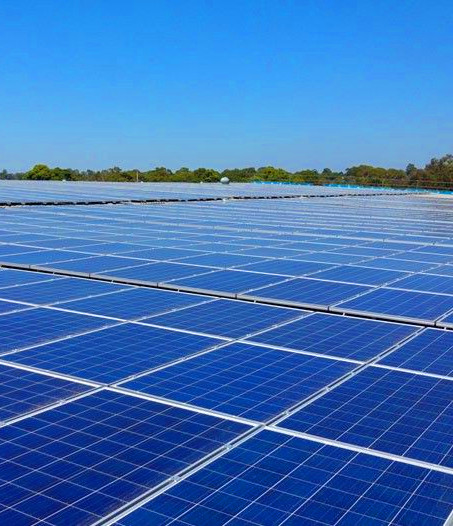New tests for smart solar
 SA Power Networks is helping more Australians with rooftop solar export their surplus energy back to the grid.
SA Power Networks is helping more Australians with rooftop solar export their surplus energy back to the grid.
The company is running trials of a new approach to integrating rooftop solar with the grid, using smart inverter technology.
Funding has been secured for a 12-month field trial to test a new flexible solar connection to up to 600 rooftop solar customers in South Australia and Victoria who live in areas where the network is currently constrained due to very high levels of rooftop solar.
The aim is to provide trial customers with an alternative to the zero or near- zero export limits that apply in these areas, so that these customers can export energy back to the grid and be paid for this exported energy.
To achieve this, the project will deploy new flexible connection technology that enables inverters to automatically adjust export limits every five minutes based on signals received from the distribution network.
SA Power Networks is partnering with AusNet Services who will lead the Victorian trials, along with leading solar inverter manufacturers Fronius, SMA, and SolarEdge and energy management provider SwitchDin.
Most current rooftop solar systems across Australia lack the ability to intelligently control the amount of electricity exports to the grid. As a result, the local distribution networks in areas with high rooftop solar uptake can become congested, with too much electricity feeding back in the middle of the day at certain times of year.
To avoid exceeding the technical limits of the grid and manage this issue today, energy networks like SA Power Networks and AusNet impose zero or near-zero energy export limits on new solar systems in congested areas.
By enabling customers’ smart inverters to automatically adjust the electricity exported by a rooftop solar system to match the available capacity of the grid, the $4.84 million trial will give customers in constrained areas the opportunity to sell surplus solar energy.
The systems will only reduce their exports during those specific times when the network is constrained such as on a peak demand day, instead of being permanently limited.
If the trial is successful, this approach could create a new solar connection agreement which could be adopted by any compatible solar inverter product and any network across Australia.








 Print
Print